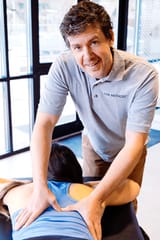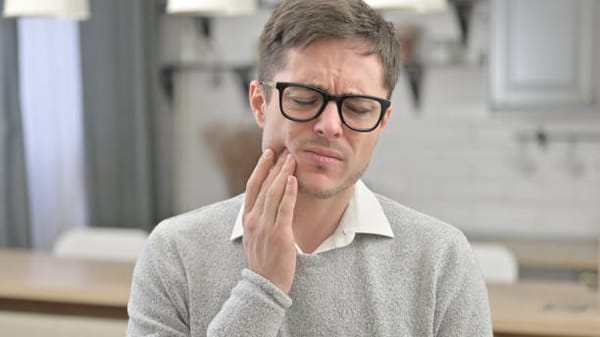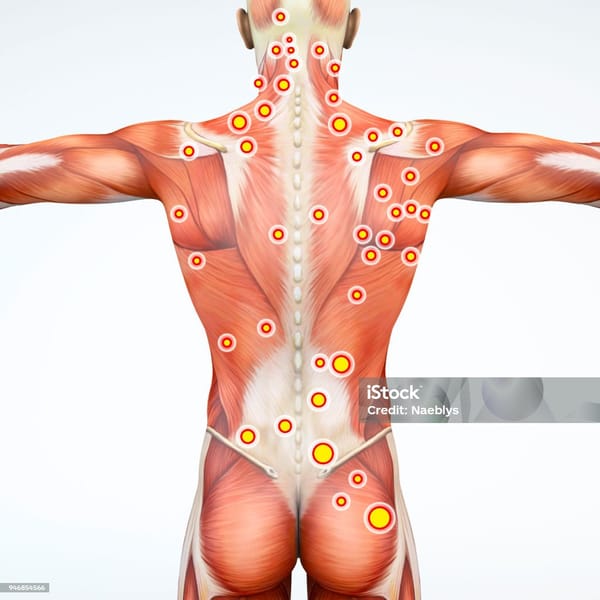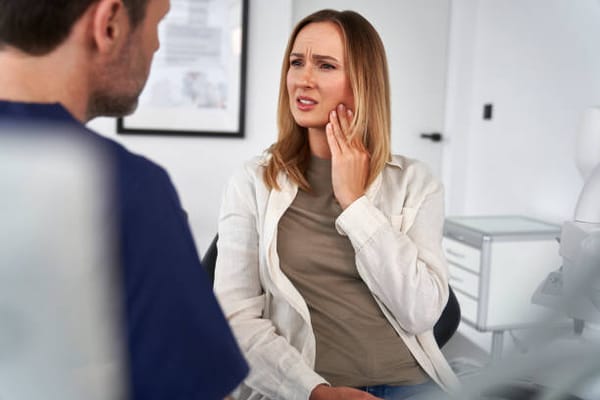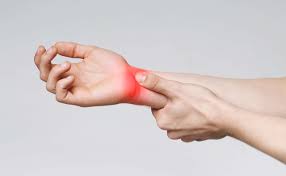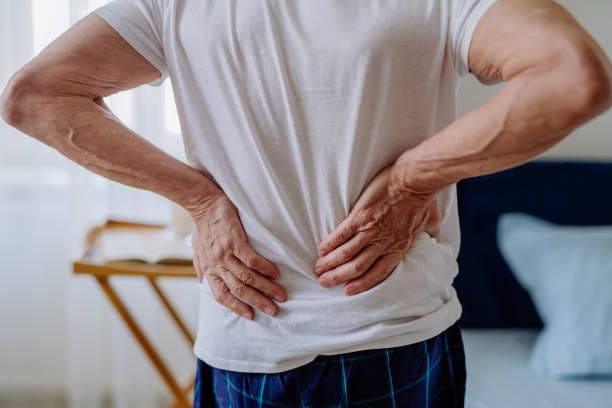
Improving Postural Imbalances in Austin, TX - Medical Massage
Did you know that sitting for extended periods can compress your spine by up to 1% daily? This compression, coupled with the lack of movement inherent in modern lifestyles, can cause muscles to stiffen and lose their flexibility, making it harder to maintain good posture.
Think of your posture as the foundation of a building. Just as a solid foundation keeps a structure upright and stable, good posture keeps our bodies balanced and strong. However, when we spend hours sitting at a desk or hunching over a phone, it’s like cracks forming in that foundation, leading to muscle imbalances and discomfort. In this blog post, we'll explore how our modern habits affect posture and how medical massage through the Iler Method® can help restore balance and comfort to your daily life.
The Impact of Modern Lifestyles on Posture
In today's modern world, our daily routines often involve sitting at a 90-degree position for extended periods, whether for work or leisure. This position places excessive pressure on the lower back and hips, disrupting the natural curve of the spine and leading to muscle imbalances and tension.
Combined with our reliance on digital devices and stressful traffic commutes, these habits take a toll on our posture, contributing to conditions like kyphosis and lordosis and exacerbating existing scoliosis.
- Kyphosis is when the upper back rounds forward, creating a hunched appearance. It's often a result of poor posture or spending too much time in a forward-leaning position, like when we hunch over a desk or a phone.
- Lordosis is an exaggerated inward curve of the lower back that often causes the belly and buttocks to stick out. It occurs when the spine tries to compensate for tight hip flexors or weak core muscles, which is common in people who sit for long periods.
- Scoliosis is a sideways curvature of the spine that causes uneven shoulders or hips. It can develop due to tight hip flexors or weak core muscles and often requires ongoing management to prevent progression.

Iler Method Therapy addresses these postural imbalances through targeted sports massage, helping clients improve their posture and overall quality of life. Beyond just the muscles, even the connective tissues like fascia can become rigid and less pliable due to prolonged sitting or poor posture, further restricting movement and contributing to discomfort.
Did you know that sitting for extended periods can compress your spine by up to 1% daily? This compression, coupled with the prolonged lack of movement inherent in modern lifestyles, causes muscles to stiffen and lose their flexibility, making it harder to maintain good posture.
Understanding the Muscles' Role in Posture
The erector muscles, which run along your back and neck, are like the pillars of your musculoskeletal system, keeping your spine stable and aligned. These muscles do the heavy lifting, helping you stand tall, maintain balance, and move quickly. However, when subjected to repetitive stress, poor posture, or lack of movement, they can become tight and lose their flexibility, similar to how a well-used structure can wear down over time.

When your erector muscles become stiff, it's like having a kink in a support beam—it affects the entire structure. This stiffness can lead to chronic pain or persistent headaches in your back or neck.
It can also cause widespread discomfort, leaving you tired and achy, especially in areas like your hips and knees that must work harder to support you. These ongoing issues can trap you in a cycle of discomfort and limited movement, making even simple daily activities feel overwhelming.
Iler Method Therapy offers clinical massage therapy tailored to address these specific challenges. By focusing on the health of the musculoskeletal system, we help clients in the Austin area manage muscular imbalances and prevent injury. By breaking this cycle of pain, we aim to promote a more comfortable, active lifestyle.
The Universal Pattern of Compensation (UPC) and Its Impact on Posture
The Universal Pattern of Compensation (UPC), unique to the Iler Method®, explains how our bodies adapt to postural imbalances over time. As flexibility decreases and specific muscles weaken or tighten, other muscles compensate, helping you maintain movement and function. While this compensation allows you to keep going, it also creates new patterns of tension and discomfort. The UPC consists of two posterior chains with 20 muscles that work together to manage these adaptations.
For instance, you might start by feeling tightness or pain in your lower back, but over time, you may notice stiffness in your neck or a general sense of fatigue. As your body adapts to these imbalances, compensatory patterns can spread beyond the original problem area.

Eventually, this leads to overcompensation, where multiple muscle groups become strained and overworked, resulting in persistent pain and difficulty moving naturally.
Through his work with athletes and individuals dealing with postural issues, David Iler was the first to identify the UPC and developed practical techniques to address these compensations. Our medical massage sessions focus on systematically releasing these points of tension, allowing your body to return to a more balanced and pain-free state.
Assessing and Treating Postural Imbalances at Iler Method Therapy
When a client comes in for the first visit, we often find that their lower back moves more easily in one direction than the other. The tighter muscles associated with this imbalance, over time, restrict range of motion.
The tight UPC's restrictions lead to discomfort and pain in posture. We treat these issues by releasing the overcompensating muscles through targeted manual therapy. This helps improve posture and overall range of motion, ultimately alleviating pain.

Our treatment approach works harmoniously with your body's natural movement patterns. We focus on clinical techniques that provide lasting relief, avoiding the typical trappings of relaxation massage—no oil, dim lighting, or music.
Instead, we use specialized methods such as trigger point therapy and neuromuscular therapy, techniques we've developed and refined over a decade. By holding and releasing your muscles in a rhythm for 15-20 seconds, we effectively target the deeper issues contributing to your postural imbalances, enhancing blood flow and releasing tension in soft and connective tissues.
Final Thoughts - Improving Posture with Massage
Postural imbalances and bad posture are common in our modern world, but they can be effectively managed and improved with the right approach. At Iler Method Therapy, we help our clients achieve better posture and overall quality of life through personalized treatment plans and expert care.
Our clinical sports massage treatments address chronic pain conditions, muscular imbalances, and other concerns contributing to postural pain. Focusing on these issues, we help our clients achieve a healthier lifestyle. If you are struggling with kyphosis, lordosis, scoliosis, or any other postural concerns, our team is here to provide the support and relief you need.
Disclaimer: Please note that at Iler Method® Sports Therapy, we specialize in massage therapy and related techniques. All clients must understand that we are not medical professionals; our services are not substitutes for medical advice, diagnosis, or treatment. Our practices support and complement your overall health but do not replace professional medical consultation when needed.

